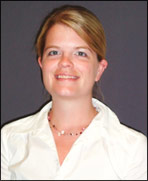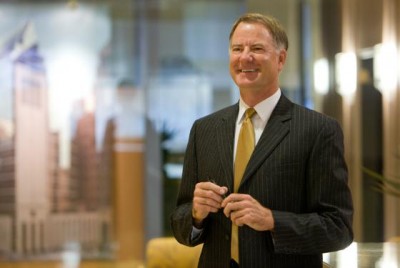
Metropolitan areas are growing faster than the country as a whole. In fact, it is estimated that 86% of Americans will live in a metro area in 2016.
With the anticipation of adding about 35,000 additional jobs in Rochester over the next 20 years as part of the DMC plan, a surge in urbanization, which is the increase in the proportion of people living in urban areas, is highly likely.
There are a number of factors driving this urban growth, not the least of which is an innate desire for humans to be connected to one another. “We are social beings by nature. Even introverted people want to feel a sense of community,” says Lindsey Meek, civil engineer, neighborhood leader for the Downtown Neighborhood Association, and downtown resident.
Seventy years ago, lack of regulations led to air and water pollution causing many people living in urban

environments to relocate to suburban communities where genuine physical health concerns were not as great. Today’s health concerns are more of the mental health and wellness nature. “Urbanization has a positive impact on mental health through community support and connectedness to people,” says Meek.
Urbanization also improves access to better healthy eating options while decreasing our reliance on personal vehicles. “These things combine to make urban living one of the most healthy lifestyle choices,” says Meek. “But because this trend is happening in nearly every metropolitan city, Rochester’s challenge will be to not only keep up with the trends that support such a lifestyle, but to set the bar so high that Rochester becomes the trendsetting city.”
This past December, DMC hosted a luncheon featuring speaker and urban planning expert Gabe Klein. Klein’s presentation centered on making cities more walkable, workable, and livable, which mirrors the DMC vision.

To further the discussion on how to implement the ideas put forth during Klein’s visit, local architecture, engineering, and planning firm HGA brought in two urban planners from their California and D.C. offices to present on urbanism.
“We need to prioritize development to move Rochester forward,” says Hal Henderson, Principal at Rochester’s HGA office. “And we need to be realistic about what can be developed in downtown, then we need move on it.”
The desire to move quickly is echoed by both community members and the development community, but there also exists a need to be planful and intentional in the growth of our city.
Urbanization will drive a range of demands on the community, increasing the need for a greater variety of housing options, more entertainment, retail, and restaurants, and more mixed-use facilities in order to meet the needs of downtown residents, visitors, patients, and companions. Rochester’s growth must be timely but manageable in order for us to be successful in making Rochester “America’s City for Health.”